The following is a list of the ten biggest islands on earth. An island is defined an area of land or landmass that is surrounded entirely by water. This is a list of the largest islands in the world based on the total land area.
For each island you will learn the area in square kilometers and square miles, the ocean it is located in and the nation it is part of. The top ten largest islands on earth (ranked from largest to smallest) are:
| Island | Area | Nation | Location | Map Outline | |
|---|---|---|---|---|---|
| 1 | Greenland (main island) The least densely populated country in the world with 0.139 people per sq.km. 0.290 per sq.mile. | 2,130,800 km² 822,700 sq. mi. | Greenland (Kingdom of Denmark) | 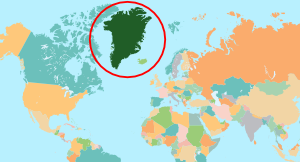 Arctic Ocean | 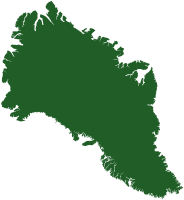 |
| 2 | New Guinea This is the largest island in the world that is shared by more than one country. | 785,753 km² 303,381 sq. mi. | Indonesia Papua New Guinea | 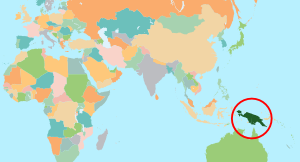 Western Pacific Western Pacific | 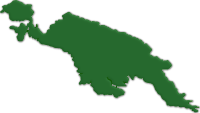 |
| 3 | Borneo The largest island in Asia is home to the smallest elephant and bear species in the world. | 748,168 km² 288,869 sq. mi. | Brunei Indonesia Malaysia | 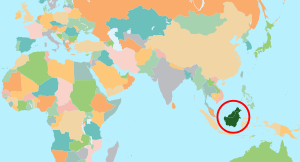 Western Pacific Western Pacific | 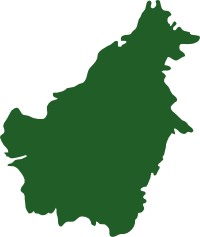 |
| 4 | Madagascar (main island) Famous for the flora and fauna that exists nowhere else in the world, including lemurs. | 587,041 km² 226,658 sq. mi. | Madagascar | 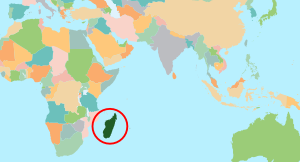 Indian Ocean Indian Ocean | 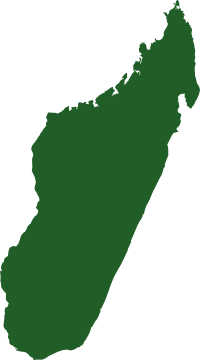 |
| 5 | Baffin Island The Inuktitut name for Canada’s largest island is ‘Qikiqtaaluk’ which means ‘very big island’. | 507,451 km² 195,928 sq. mi. | Canada | 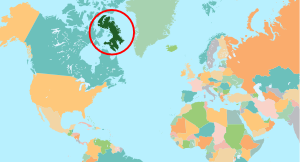 Arctic Ocean Arctic Ocean | 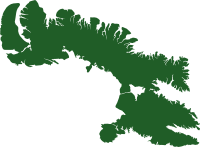 |
| 6 | Sumatra The equator crosses through the middle of the largest island fully within Indonesian territory. | 443,065 km² 171,068 sq. mi. | Indonesia | 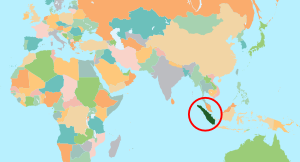 Indian Ocean Indian Ocean | 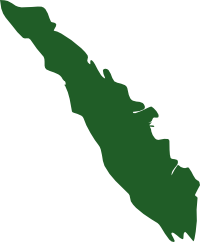 |
| 7 | Honshū The name of Japan’s largest Island means ‘main island’, the highest point is Mount Fuji. | 225,800 km² 87,200 sq. mi. | Japan |  North Pacific North Pacific | 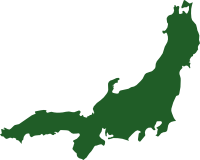 |
| 8 | Victoria Island Canada’s second-largest island is named after the Canadian sovereign from 1867 to 1901. | 217,291 km² 83,897 sq. mi. | Canada | 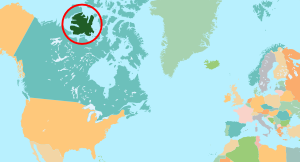 Arctic Ocean Arctic Ocean | 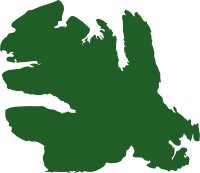 |
| 9 | Great Britain Made up of three countries, the earliest known name for the largest island in Europe is Albion. | 209,331 km² 80,823 sq. mi. | United Kingdom | 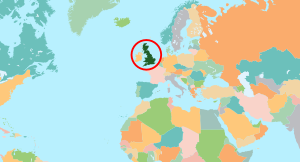 North Atlantic North Atlantic | 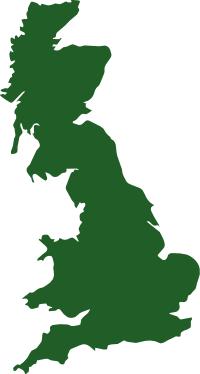 |
| 10 | Ellesmere Island Canada’s northernmost and third largest island, in 2021 the population was recorded at 144. | 196,236 km² 75,767 sq. mi. | Canada | 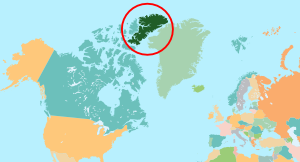 Arctic Ocean Arctic Ocean | 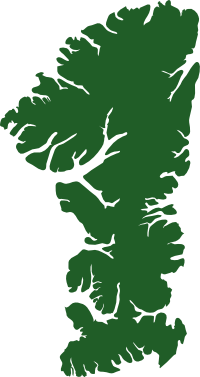 |
And if you were expecting to see Australia on this list…
Continental landmasses are not usually classified as islands. The dictionary defines an island as a body of land smaller than a continent, that is wholly surrounded by water. Australia is defined as the smallest continent. The largest continental landmasses (approx. figures) are:
| Continental landmass | Area | Countries | |
|---|---|---|---|
| 1 | Afro-Eurasia | 79,810,726 km² 30,815,094 sq. mi. | 126 countries |
| 2 | Americas | 37,699,623 km² 14,555,906 sq. mi. | 22 countries |
| 3 | Antarctica | 12,272,800 km² 4,738,600 sq. mi. | None |
| 4 | Australia | 7,591,608 km² 2,931,136 sq. mi. | Australia |
View our video about the top ten worlds largest islands and for more flags and countries facts and fun visit the flagsbook youtube channel.
